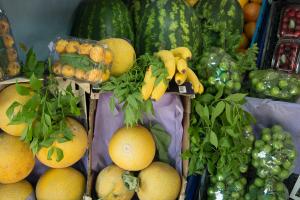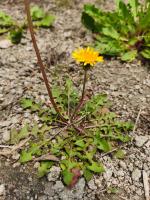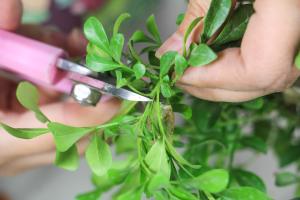Material factors of rose grafting
Choose the right rootstock
Rootstock is very important for plant grafting and reproduction. Rootstock is an important part to support plant growth and nutrient transportation. The quality of rootstock affects the grafting survival rate of rose flowers. Therefore, when grafting, we should choose appropriate rootstock
The rootstocks used in Rose grafting are mostly the rootstocks of rose and its variants. These rootstocks have developed roots and have a certain affinity, which is convenient for the survival of grafting
Choose the right scion
The selection of scion is very important, because scion is directly related to survival
Under normal circumstances, the annual flowering branches are generally selected for the scion, which are required to grow healthily without diseases and pests. The buds on the scion should be plump as far as possible. Generally, the grafting bud in the middle of the branch is the most suitable for grafting, and the survival rate is high
Fusion of rootstock and scion
Rootstock and scion have a large area of close contact in the cambium, which makes grafting easier
In fact, during the grafting of rose flowers, the cambium of rootstock and scion cannot be completely consistent. At this time, it is mainly necessary to maximize the contact area as much as possible
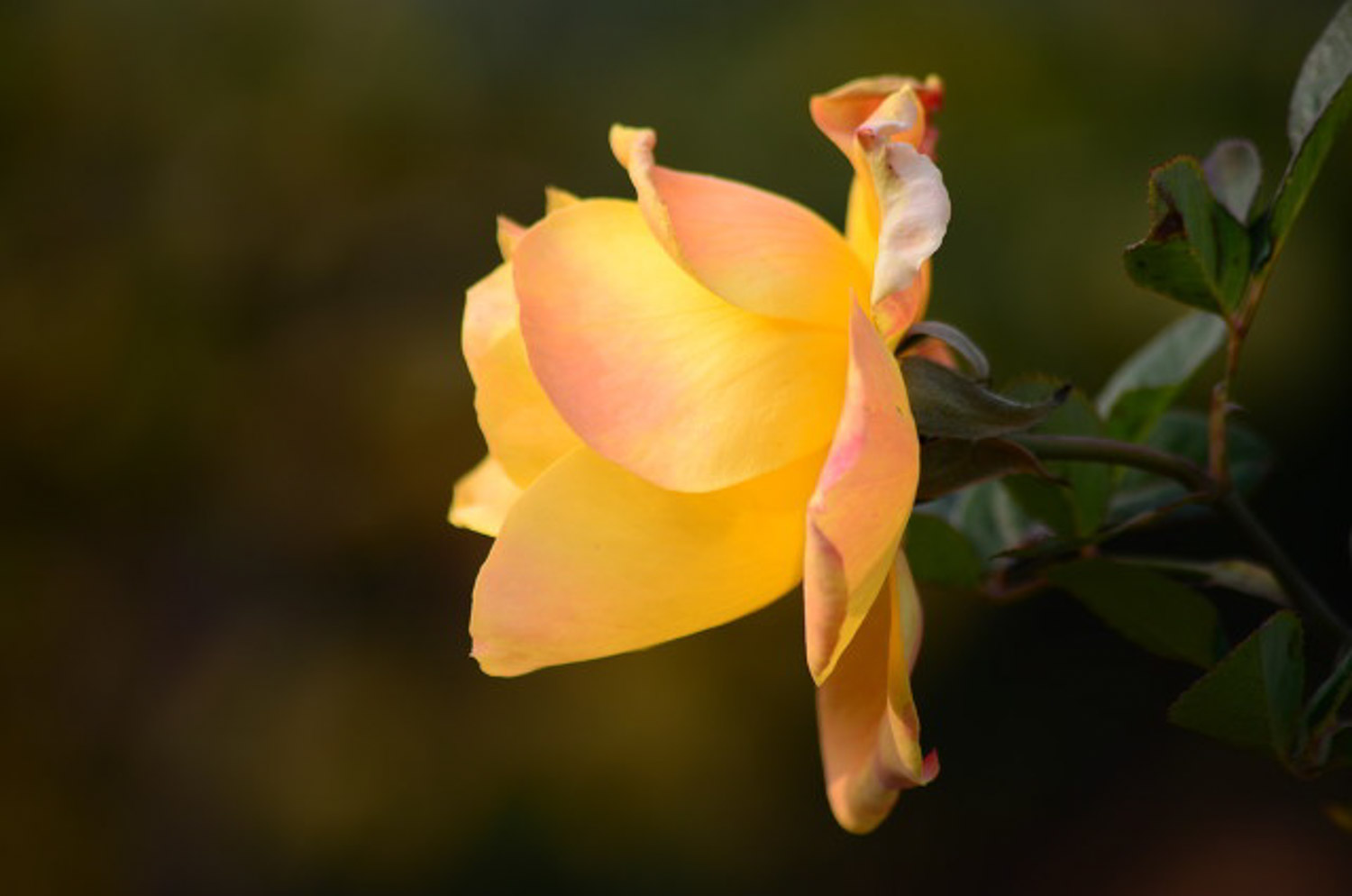
Other factors of rose grafting
Climatic conditions
Temperature, moisture and other conditions are important factors affecting the grafting survival rate of rose flowers
Basically, most rose varieties can grow rapidly in the range of 13 ℃ - 32 ℃, so the selection of grafting time needs to be carried out according to the change of climate and temperature. Generally, it is better to graft in winter
Pay attention to disinfection before grafting
When grafting, some tools, such as knives, will be used. Disinfection before grafting to avoid infection with bacteria can reduce the death of grafted plants and improve the survival rate of grafting
Scion treatment
When grafting roses, it is possible to directly remove the scion for grafting, but if it is stored, the survival rate of grafting will be improved. The scions can be refrigerated in summer and stored in sand in winter. The storage time should not be too long. Proper heat preservation and moisture preservation are required< span>
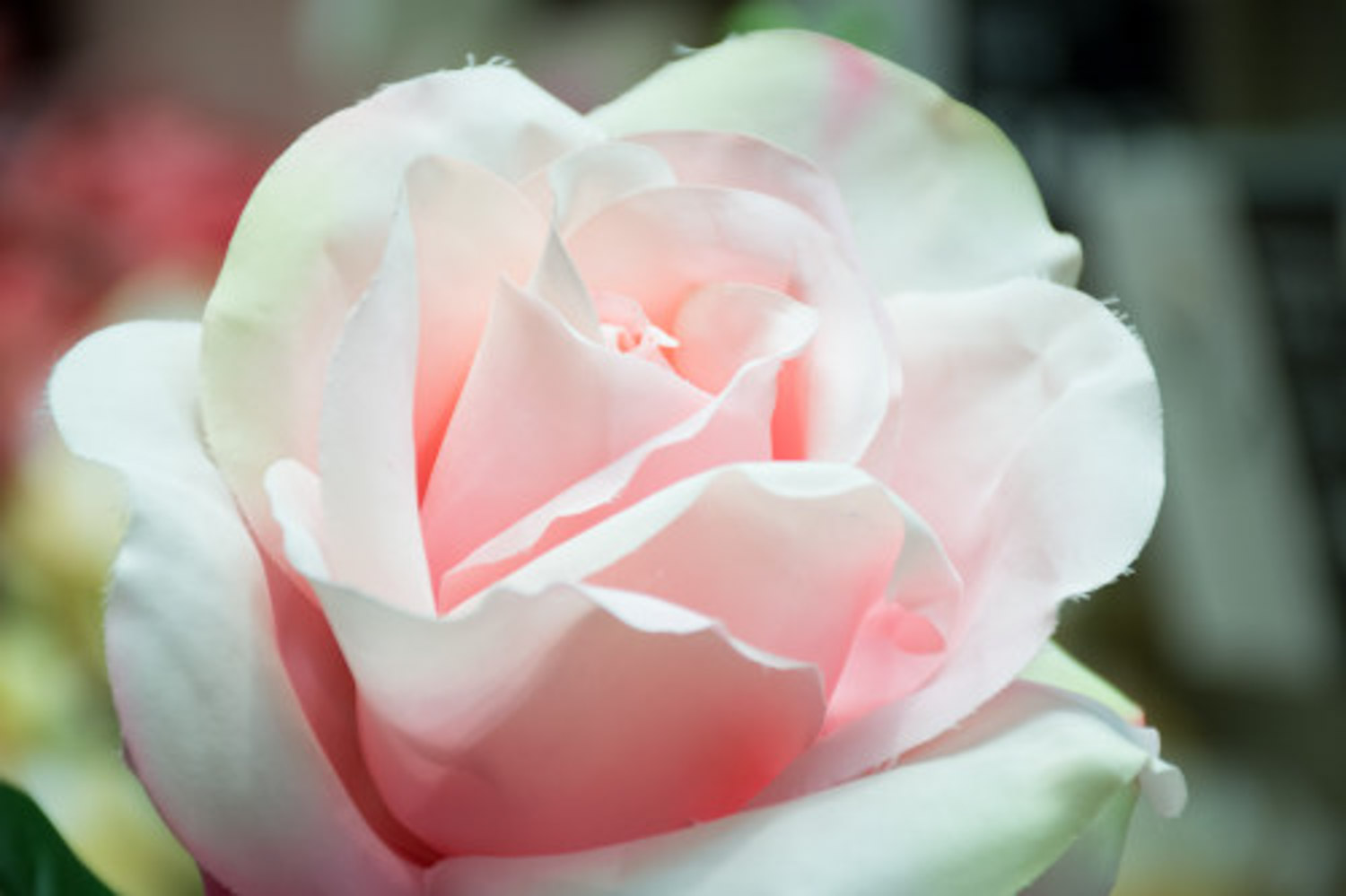

 how many times do yo...
how many times do yo... how many planted tre...
how many planted tre... how many pine trees ...
how many pine trees ... how many pecan trees...
how many pecan trees... how many plants comp...
how many plants comp... how many plants can ...
how many plants can ... how many plants and ...
how many plants and ... how many pepper plan...
how many pepper plan...